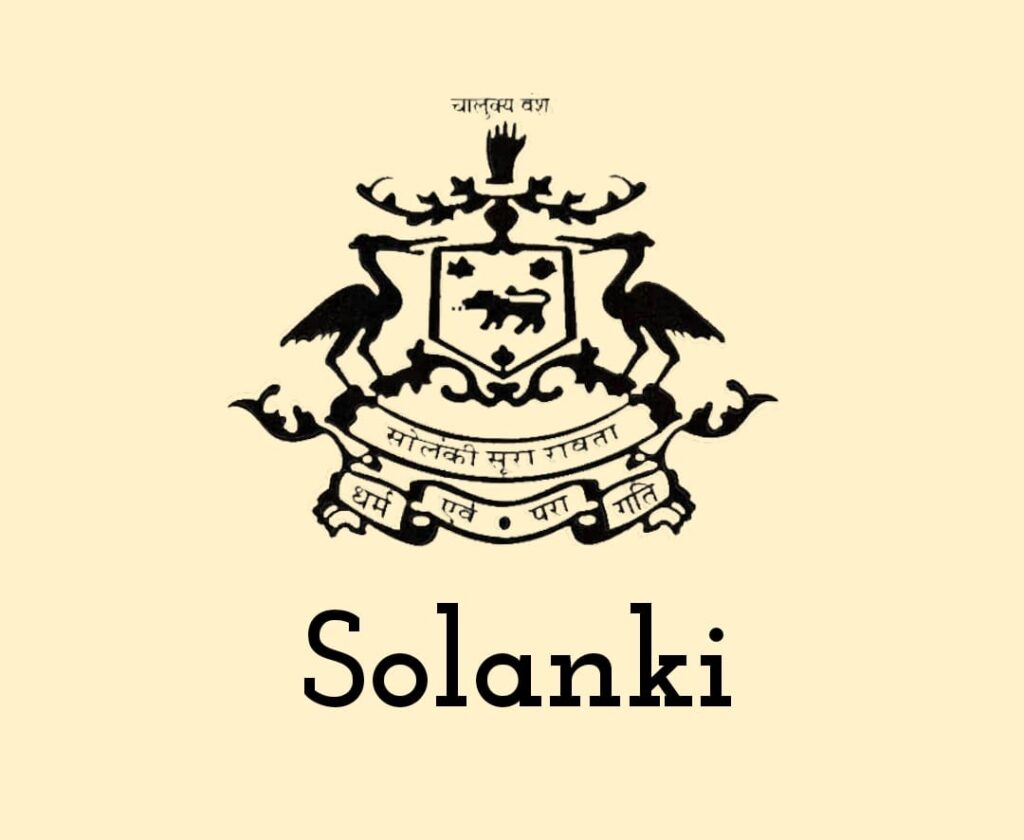The Legacy of the Solanki Dynasty: A Golden Era in Indian History

Introduction
The Solanki Dynasty, also known as the Chalukyas of Gujarat, was a powerful Rajput ruling family that flourished between the 10th and 13th centuries. Renowned for their military prowess, administrative skills, and cultural advancements, the Solankis played a crucial role in shaping the medieval history of western India. Moreover, their reign saw the construction of grand temples, remarkable governance, and significant contributions to art and literature. Therefore, this article delves into the origins, achievements, and enduring legacy of this illustrious dynasty.
Origins and Rise to Power
The Solanki Dynasty is believed to have descended from the Chalukyas of Badami, who ruled parts of southern India. Eventually, the dynasty was established in Gujarat by Mulraj Solanki in the late 10th century. Under his leadership, the Solankis expanded their influence, laying the foundation for a prosperous kingdom.
Furthermore, his successor, Siddharaj Jaisinh (1094–1143), took the empire to its zenith, consolidating power and enhancing the region’s prosperity. The Solankis ruled over Gujarat and parts of Rajasthan and Madhya Pradesh, fostering a period of economic and cultural growth.
Key Rulers and Their Achievements
1. Mulraj Solanki (942–996 CE)
Mulraj Solanki, the founder of the dynasty, established the Solanki rule in Gujarat by defeating the Chavda dynasty. Consequently, he strengthened his reign through military conquests and administrative reforms, setting the stage for future expansion.
2. Bhima I (1022–1064 CE)
Bhima I is best known for his resilience against Mahmud of Ghazni’s invasion in 1025 CE. Although Somnath Temple was plundered, Bhima I later restored it, emphasizing his commitment to religious and cultural preservation.
3. Siddharaj Jaisinh (1094–1143 CE)
Siddharaj Jaisinh was one of the most illustrious Solanki rulers. Under his reign, Gujarat flourished in terms of infrastructure, economy, and culture. Additionally, he built numerous reservoirs and temples, promoting architectural advancements.
4. Kumarapala (1143–1172 CE)
Kumarapala embraced Jainism and promoted non-violence and religious tolerance. As a result, his patronage of Jain architecture led to the construction of magnificent temples, including the renowned Dilwara Temples in Mount Abu.
Contributions to Architecture and Culture
1. Temple Architecture
The Solanki Dynasty is credited with the development of the Maru-Gurjara architectural style, which is evident in many grand structures. Some notable examples include:
- Modhera Sun Temple: An architectural marvel dedicated to the Sun God, showcasing intricate carvings and exquisite craftsmanship.
- Rani ki Vav: A UNESCO World Heritage Site, this stepwell in Patan is a testament to Solanki-era engineering and artistic excellence.
- Dilwara Temples: Though Jain temples, they reflect the Solanki influence in their intricate designs and sculptures.
2. Water Management Systems
The Solankis were pioneers in water conservation, building stepwells, tanks, and reservoirs that provided a sustainable water supply. In particular, the Sahastralinga Tank in Patan is a prime example of their advanced hydrological techniques.
3. Literature and Learning
The Solanki period saw a flourishing of literature, with Sanskrit and Prakrit texts gaining prominence. Furthermore, Jain scholars and poets were patronized, contributing to an enriched literary heritage.
Military Prowess and Conflicts
Despite their advancements in culture and governance, the Solankis faced numerous invasions. They defended Gujarat against the Ghaznavids and Ghurids, displaying immense bravery. However, internal conflicts and external threats weakened the dynasty over time, leading to its decline in the late 13th century.
Decline and Legacy
By the 13th century, the Solanki Dynasty began to lose power due to continuous battles and invasions by the Delhi Sultanate. Eventually, the Vaghela dynasty succeeded them, marking the end of Solanki rule. Nevertheless, their contributions to architecture, governance, and culture continue to be celebrated, leaving a lasting impact on Indian history.
Conclusion
The Solanki Dynasty played a pivotal role in shaping medieval India, particularly in Gujarat. Their architectural masterpieces, military strategies, and patronage of literature and religion highlight their significance in Indian history. Even today, their legacy is evident in the temples, stepwells, and cultural traditions that continue to inspire historians and travelers alike.
By preserving and celebrating their heritage, we keep alive the remarkable contributions of the Solanki Dynasty. Ultimately, this ensures that future generations can appreciate the grandeur of this golden era.








